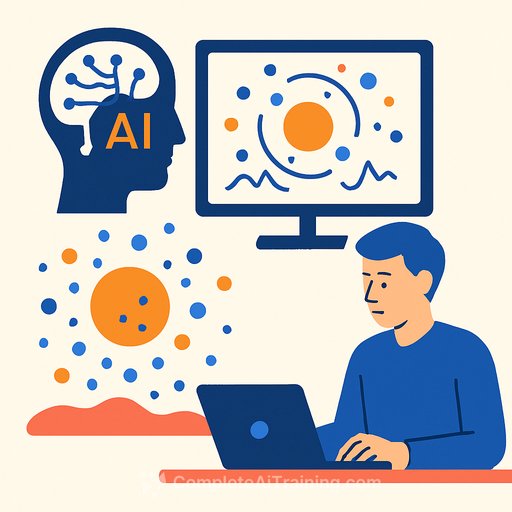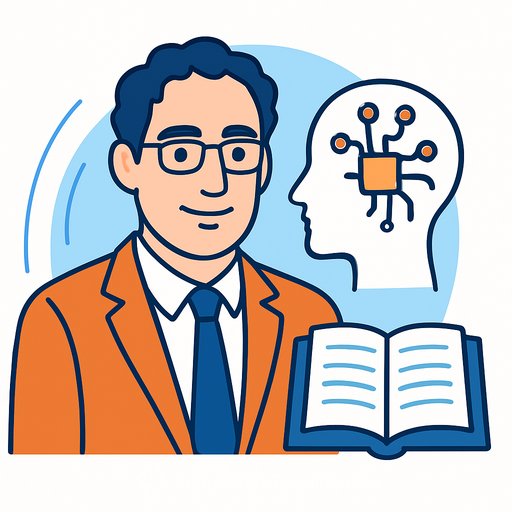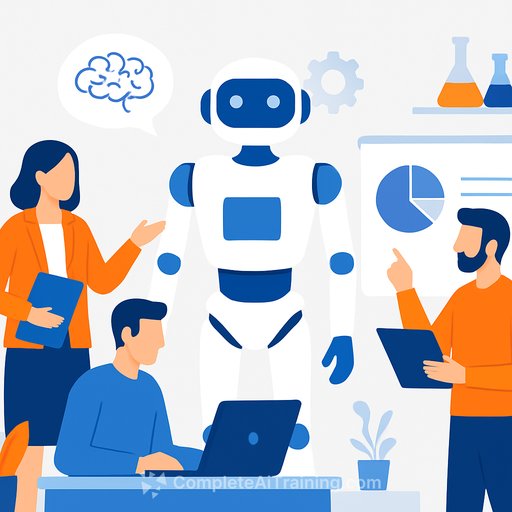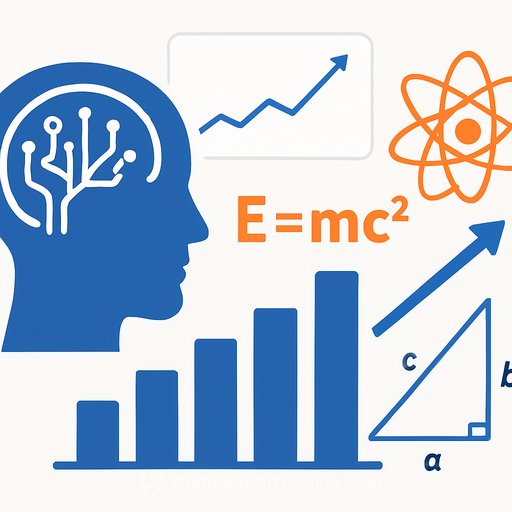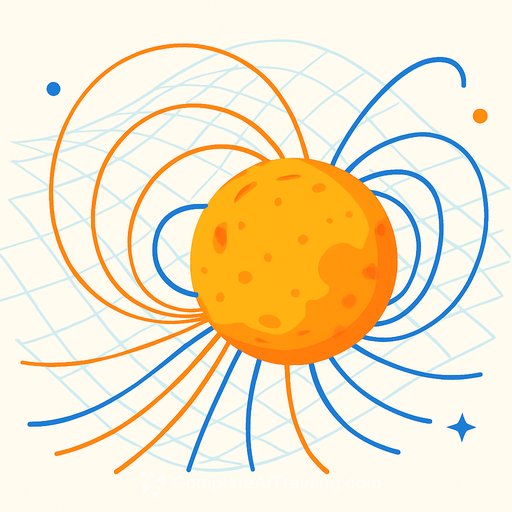Unveiling the Mysteries of Dusty Plasma
A recent study at Emory University applied artificial intelligence (AI) to identify new forces within dusty plasma, challenging established plasma physics concepts. By training a neural network on experimental data, researchers gained fresh insights into how particles interact in this complex state of matter. This approach highlights AI's potential to reveal previously unknown physical laws.
Dusty plasma consists of a hot, electrically charged gas mixed with tiny dust particles. It is found throughout the universe—from Saturn’s rings to wildfire smoke on Earth—but remains difficult to analyze due to its non-reciprocal interactions, where forces between particles are not mutual. This unique behavior complicates traditional analytical methods.
To address this, the Emory team developed a 3D imaging system that tracked plastic dust particles in a plasma chamber. Using a laser sheet and high-speed cameras, they recorded particle trajectories over time. This extensive data trained a custom neural network that accurately modeled the complex, non-reciprocal forces at work—achieving over 99% accuracy. The AI revealed that a leading particle pulls the one behind it closer, while the trailing particle pushes forward, an asymmetry that had long been theorized but never clearly demonstrated.
AI’s Role in Correcting Plasma Physics Assumptions
The AI-driven analysis also challenged long-standing assumptions in plasma physics. One such assumption suggested that a particle’s electric charge scales directly with its size. The AI showed that this relationship depends heavily on plasma density and temperature instead. Another misconception held that the force between particles decreases exponentially with distance regardless of particle size. The AI demonstrated that the rate of force decay varies with particle size, providing a more nuanced model of interactions.
These findings refine theoretical frameworks and open new paths for applying AI to study systems involving many interacting particles. The AI model runs efficiently on standard computers and offers a universal framework applicable to fields ranging from industrial materials to biological cells. This study highlights AI’s ability to move beyond traditional data analysis and actively contribute to discovering physical principles.
Implications for Future Scientific Exploration
By demonstrating AI’s capability to identify new physics, this research sets an example for future scientific work. The modeling framework developed here could transform our approach to complex systems, offering insights into materials science, cellular biology, and more. As AI techniques improve, their integration into research workflows promises to enhance predictive accuracy and speed up discovery across disciplines.
This study also emphasizes the benefit of combining AI with experimental data and conventional scientific methods. Such collaboration can challenge existing paradigms and deepen our grasp of natural phenomena. The success at Emory University encourages further exploration of AI’s potential as a scientific tool.
The Future of AI in Scientific Research
The Emory study showcases AI’s growing role in scientific inquiry. By providing frameworks that model intricate interactions with precision, AI can question old assumptions and uncover new laws of nature. As AI technologies develop, their use in research will likely increase, driving innovation and expanding knowledge.
Integrating AI with traditional methods enables scientists to gain insights that were previously inaccessible. This combination paves the way for breakthroughs across many fields. Given these advances, questions arise about which other scientific areas might benefit from AI applications and how researchers can maximize AI’s capabilities to reveal fresh insights about the universe.
Your membership also unlocks:

